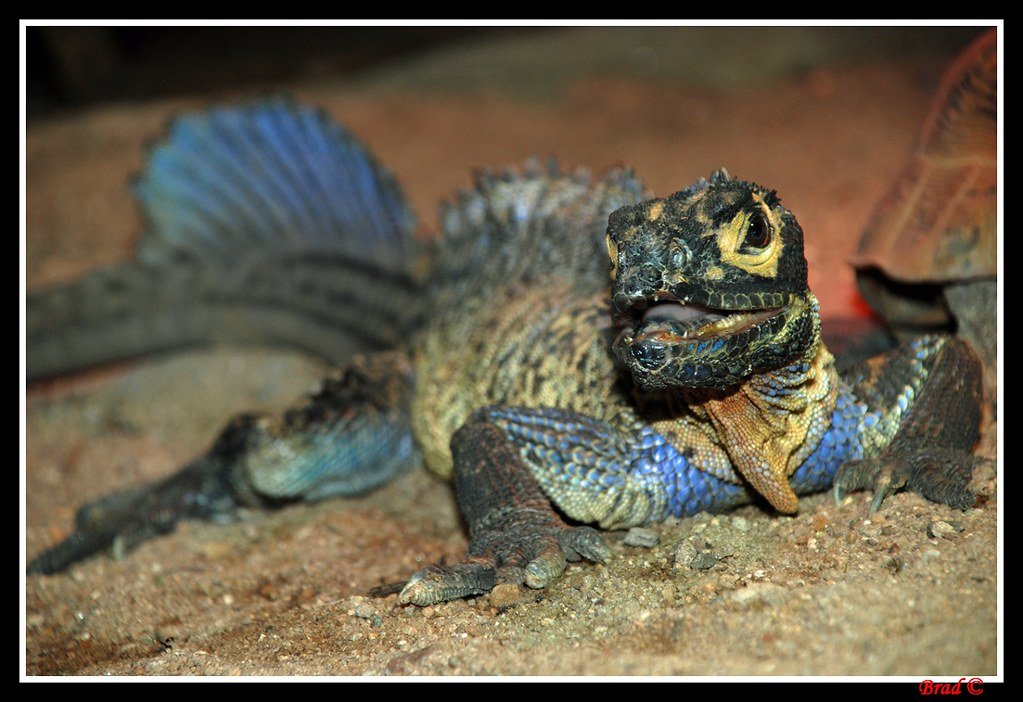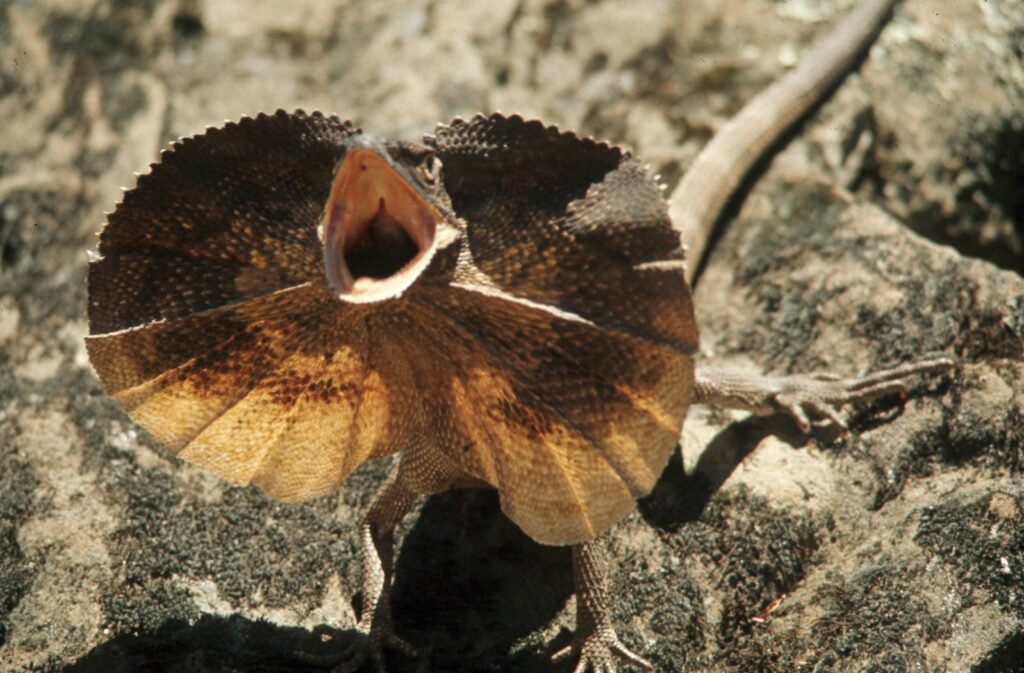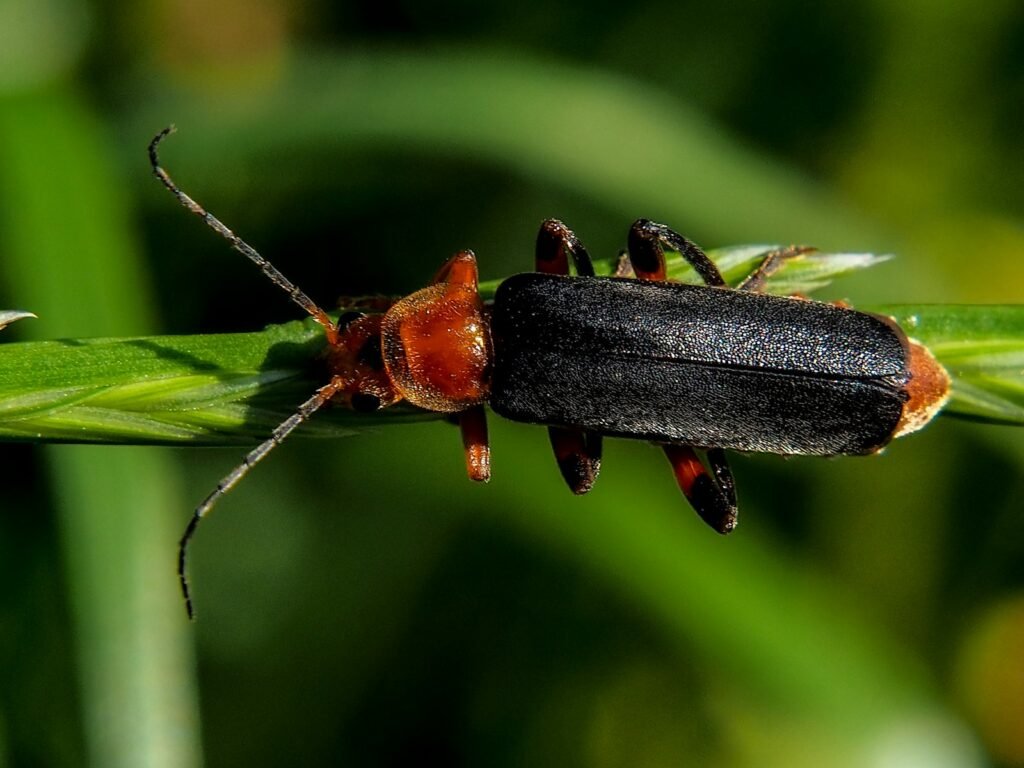Picture this: you’re walking along a riverbank in Southeast Asia when suddenly, what looks like a miniature dinosaur plunges into the water and disappears beneath the surface. Your eyes aren’t playing tricks on you – you’ve just witnessed one of nature’s most remarkable reptiles in action. The Hydrosaurus, commonly known as the sailfin dragon or water dragon, is a creature that seems to have stepped straight out of the Cretaceous period, complete with prehistoric looks and abilities that would make even the most skilled athlete jealous.
Meet the Living Dinosaur of Modern Times
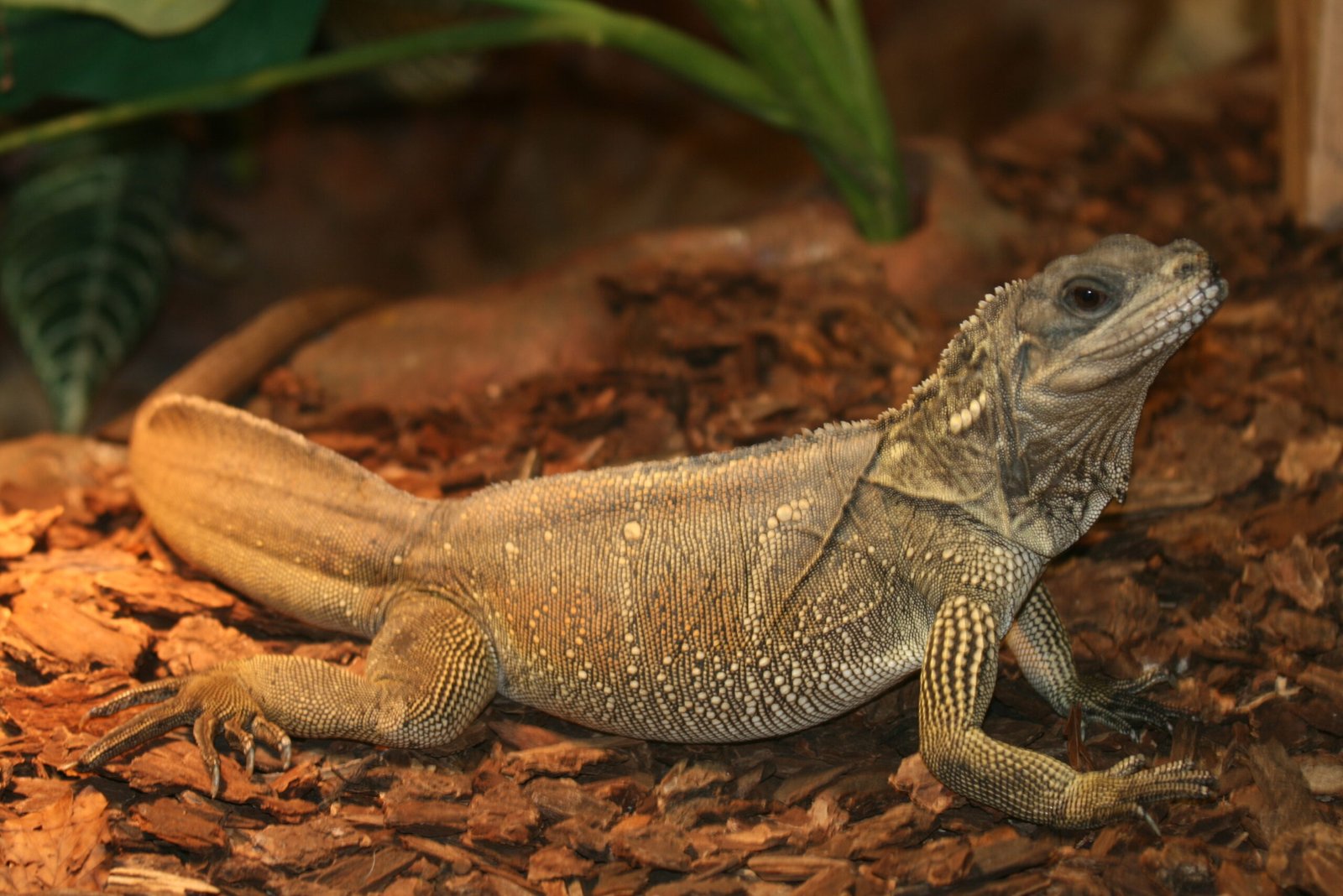
The Hydrosaurus genus contains three spectacular species that have captivated scientists and nature enthusiasts alike. These magnificent reptiles possess an uncanny resemblance to their ancient ancestors, sporting prominent sail-like crests along their backs that would make any Dimetrodon proud. Their elongated bodies, powerful limbs, and distinctive head shapes create an almost mythical appearance that bridges the gap between past and present.
What makes these creatures truly extraordinary is their unique combination of terrestrial and aquatic adaptations. Unlike many lizards that avoid water, Hydrosaurus species have evolved to thrive in both environments. Their webbed feet and laterally compressed tails function like natural swimming equipment, while their muscular limbs provide exceptional climbing abilities on land.
The Spectacular Sailfin Crest That Defines Them
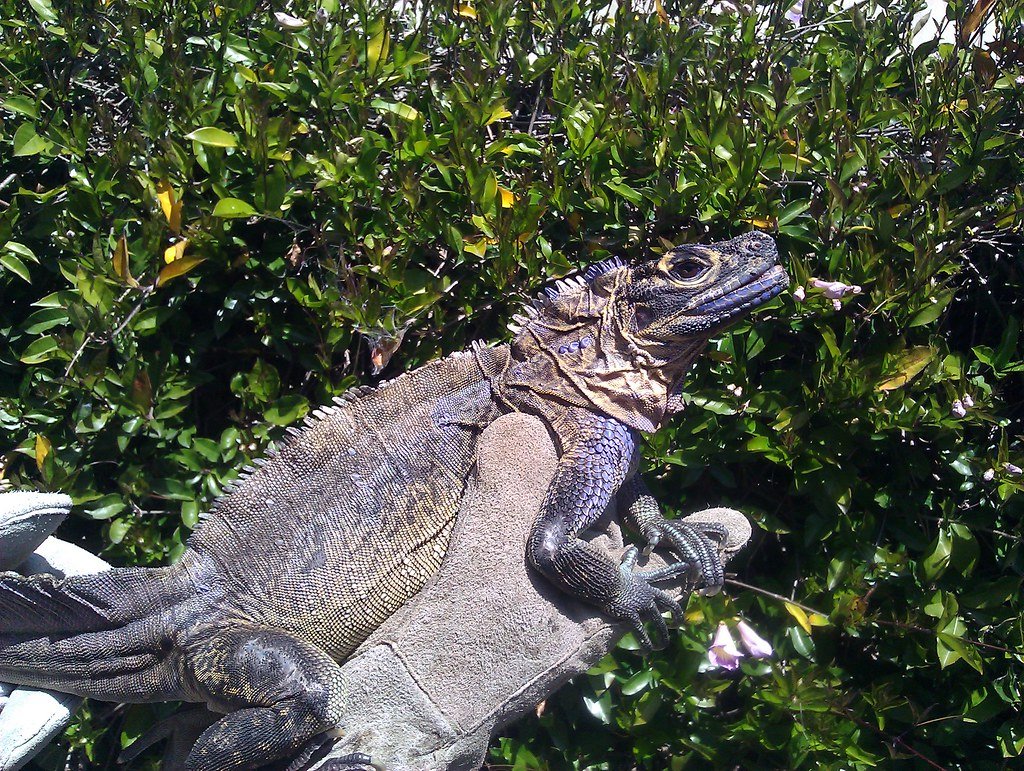
The most striking feature of any Hydrosaurus is undoubtedly its impressive dorsal crest. This sail-like structure runs along the animal’s back and tail, creating a dramatic silhouette that’s impossible to ignore. The crest isn’t just for show – it serves multiple crucial functions in the animal’s daily life. During territorial displays, males can extend their crests to appear larger and more intimidating to rivals.
Temperature regulation is another key function of this remarkable appendage. The crest acts like a natural solar panel, helping the lizard absorb heat when basking in the sun during cooler mornings. Conversely, when the animal needs to cool down, the crest can help dissipate excess heat through increased surface area. This biological thermostat allows Hydrosaurus to maintain optimal body temperature in varying environmental conditions.
Three Species, Three Unique Personalities
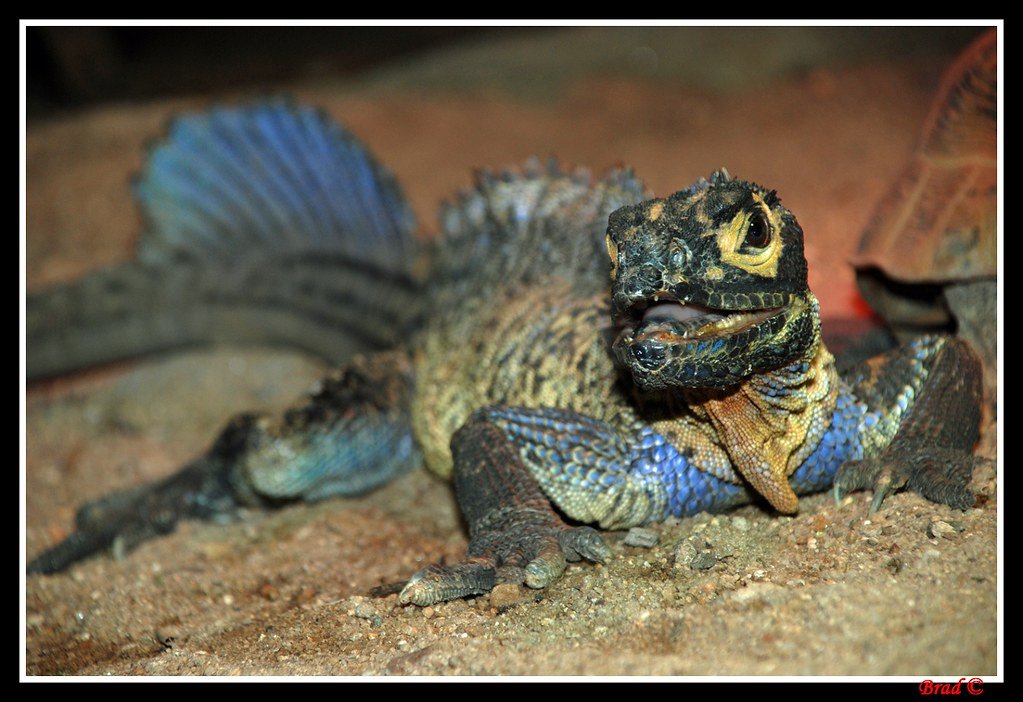
The Hydrosaurus genus consists of three distinct species, each with its own geographical range and characteristics. Hydrosaurus pustulatus, the Philippine sailfin dragon, inhabits the tropical islands of the Philippines and showcases vibrant coloration patterns. Hydrosaurus amboinensis, the Moluccan sailfin dragon, calls the Indonesian islands home and displays slightly different morphological features.
The most recently described species, Hydrosaurus weberi, was identified in 2017 and represents the newest addition to this fascinating group. Each species has evolved unique adaptations to their specific environments, from subtle differences in crest size to variations in swimming capabilities. These distinctions highlight the incredible diversity within what was once considered a single species.
Masters of Aquatic Locomotion

When it comes to swimming, Hydrosaurus species are absolute champions. Their powerful tails act as propellers, creating undulating movements that push them through water with remarkable efficiency. The laterally compressed tail structure maximizes thrust while minimizing drag, allowing these reptiles to outmaneuver most aquatic predators and prey alike.
Their webbed feet provide additional propulsion and steering capabilities underwater. Unlike many lizards that simply paddle when forced into water, Hydrosaurus species demonstrate sophisticated swimming techniques. They can dive to considerable depths, remain submerged for extended periods, and even swim against strong currents with apparent ease. This aquatic mastery sets them apart from virtually all other agamid lizards.
Climbing Champions of the Canopy
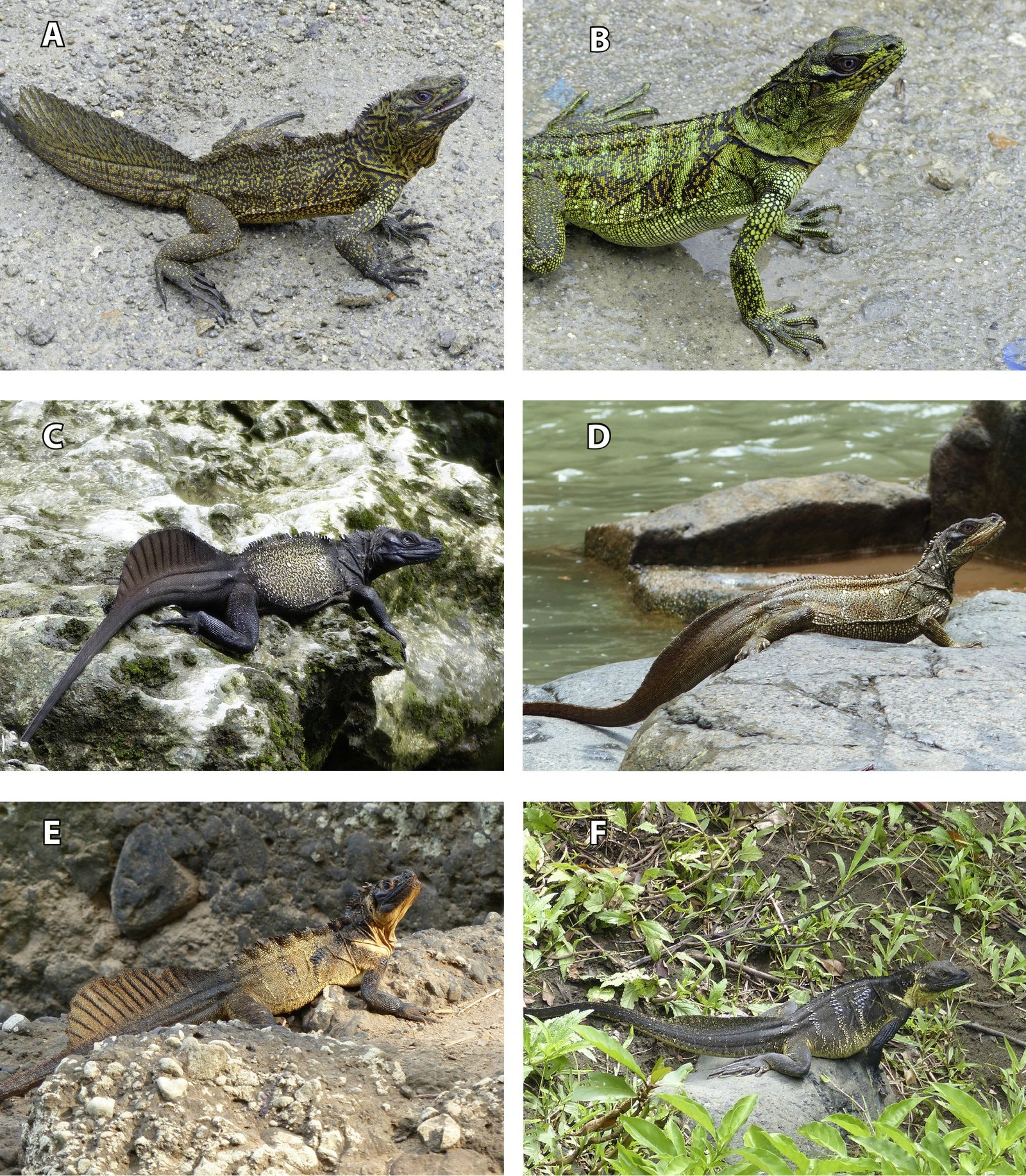
On land, these remarkable reptiles transform into skilled arboreal acrobats. Their strong claws and flexible bodies allow them to navigate complex tree structures with surprising agility. Young Hydrosaurus are particularly impressive climbers, often spending most of their time in the upper canopy where they’re safer from ground-dwelling predators. Their tail serves as a balancing tool during these aerial maneuvers.
The transition from water to trees might seem awkward for most animals, but Hydrosaurus species make it look effortless. They can leap from branch to branch, scramble up vertical surfaces, and even hang upside down when necessary. This versatility in locomotion gives them access to diverse food sources and escape routes that other reptiles simply cannot utilize.
The Art of Thermoregulation
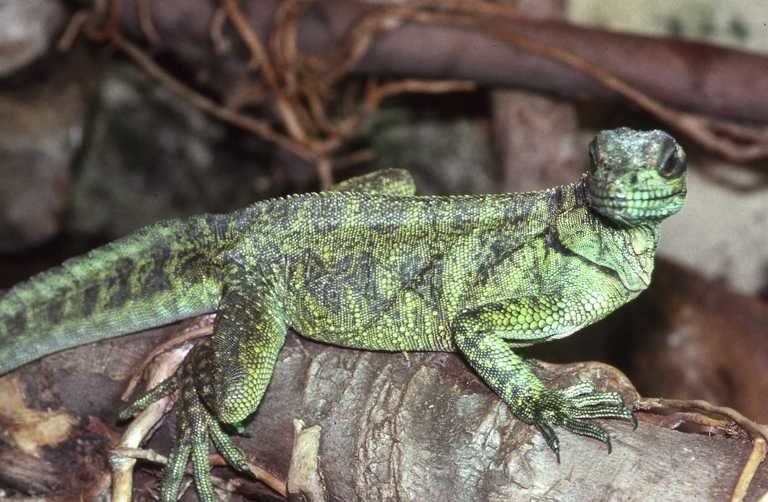
Like all reptiles, Hydrosaurus species are ectothermic, meaning they rely on external heat sources to regulate their body temperature. However, their thermoregulatory behavior is particularly sophisticated compared to many other lizards. They’ve mastered the art of strategic basking, positioning themselves to maximize heat absorption while remaining alert to potential threats.
Their daily routine revolves around temperature management. Early mornings find them basking on rocks or branches near water sources, their dark coloration helping absorb solar radiation efficiently. As temperatures rise throughout the day, they may seek shade or even enter water to cool down. This behavioral thermoregulation allows them to maintain optimal body temperature for hunting, digestion, and other essential activities.
Dietary Preferences and Feeding Strategies
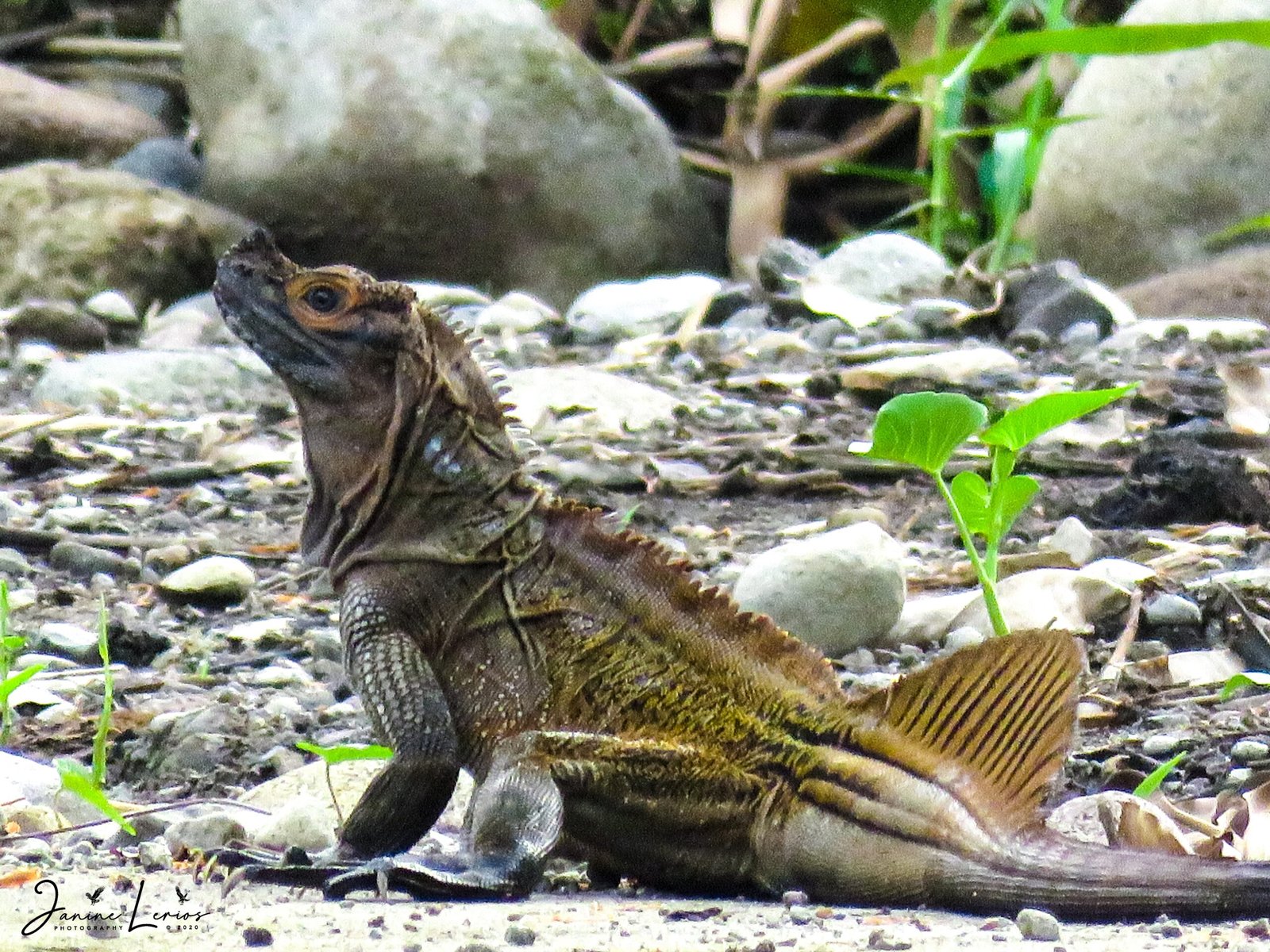
Adult Hydrosaurus are primarily herbivorous, feeding on a variety of fruits, flowers, and leaves found in their tropical habitats. However, juveniles display more omnivorous tendencies, consuming insects and small invertebrates to meet their higher protein requirements during growth. This dietary shift from carnivory to herbivory is relatively uncommon among lizards and represents an interesting evolutionary adaptation.
Their feeding strategy involves careful selection of plant materials based on nutritional content and digestibility. They show particular preference for ripe fruits and young leaves, which provide optimal nutrition with minimal energy expenditure during digestion. During certain seasons, they may travel considerable distances to reach preferred food sources, demonstrating impressive spatial memory and navigation abilities.
Social Dynamics and Territorial Behavior
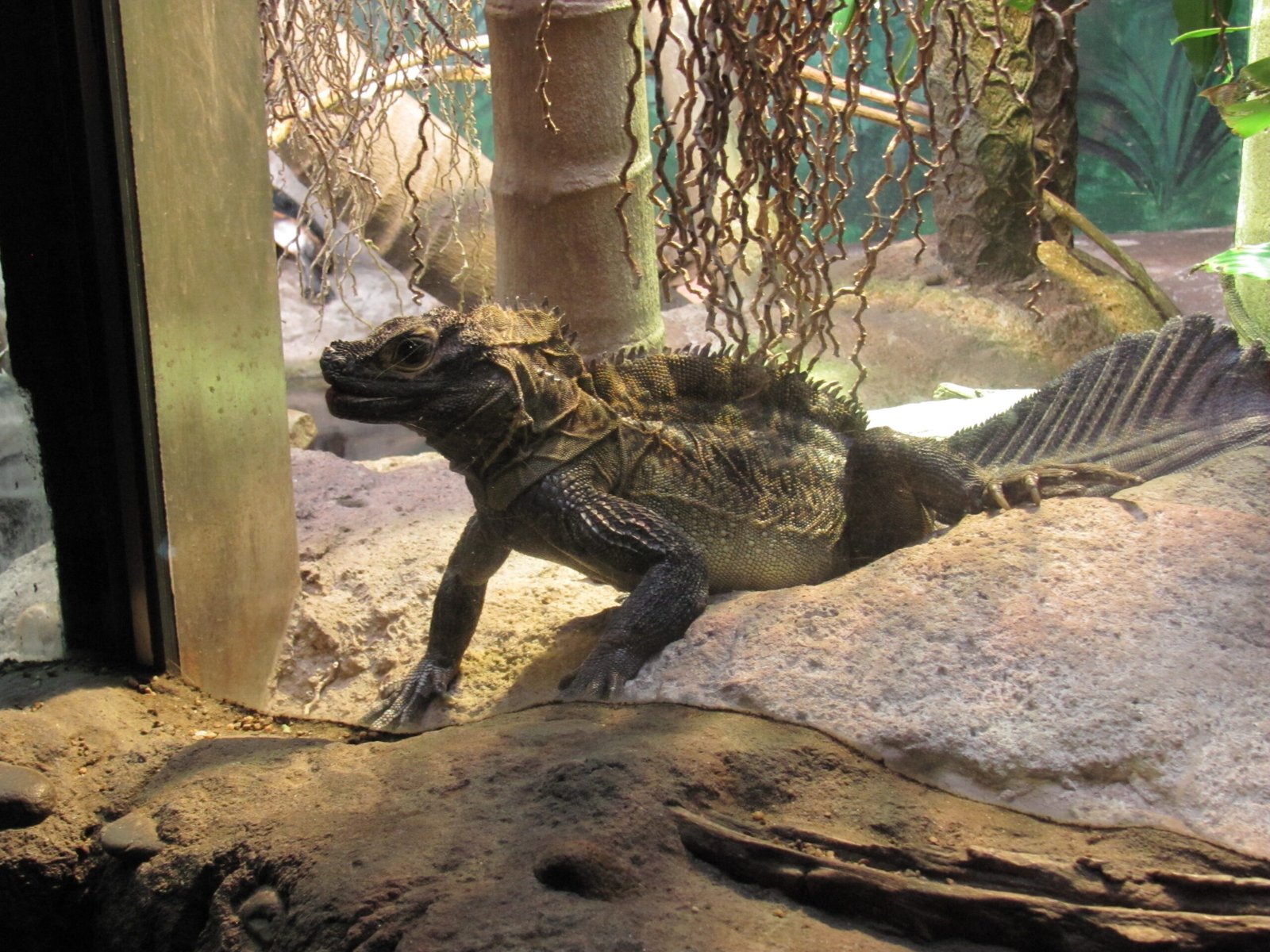
Hydrosaurus species exhibit complex social structures that vary between sexes and age groups. Adult males are typically territorial, defending prime basking spots and feeding areas from other males through elaborate displays and occasional physical confrontations. These territorial disputes often involve impressive crest displays, head bobbing, and aggressive posturing that rarely escalates to actual violence.
Females and juveniles often form loose aggregations, particularly around abundant food sources or optimal basking sites. These social groups provide benefits such as increased vigilance against predators and information sharing about resource locations. The social dynamics of Hydrosaurus populations continue to fascinate researchers studying reptilian behavior and communication patterns.
Reproductive Mysteries and Mating Rituals

The reproductive behavior of Hydrosaurus species remains one of the most intriguing aspects of their biology. Males develop enhanced coloration and enlarged crests during breeding season, creating spectacular displays designed to attract potential mates. These courtship rituals often occur near water sources, with males performing elaborate swimming displays to demonstrate their fitness and vigor.
Females select nesting sites with remarkable precision, often choosing locations that provide optimal temperature and humidity conditions for egg development. The incubation period varies depending on environmental conditions, but typically lasts several months. Hatchlings emerge as miniature versions of adults, already equipped with swimming and climbing abilities essential for survival.
Predator-Prey Relationships in Their Ecosystem
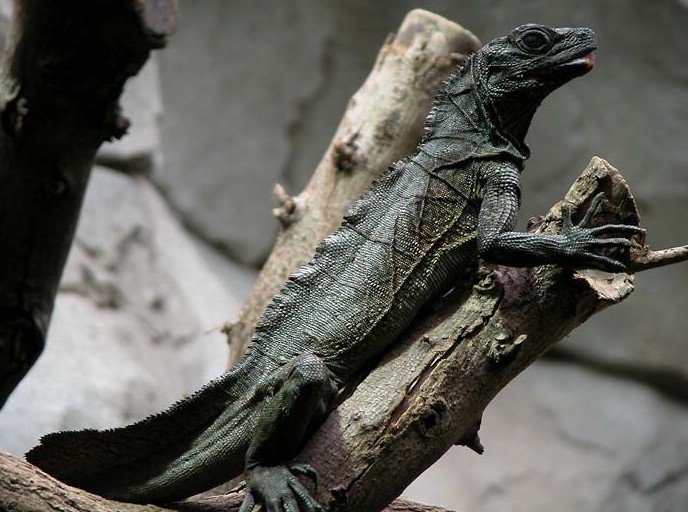
In their natural habitats, Hydrosaurus species face threats from various predators while also serving as important prey species themselves. Large birds of prey, snakes, and monitor lizards represent their primary predators, particularly targeting juveniles and subadults. Their aquatic abilities provide crucial escape routes when terrestrial predators approach, allowing them to disappear underwater within seconds.
As predators themselves, juvenile Hydrosaurus help control insect populations, while adults play important roles in seed dispersal through their frugivorous diet. This dual role as both predator and prey makes them keystone species in their ecosystems, influencing multiple trophic levels through their presence and activities.
Habitat Requirements and Environmental Preferences

Hydrosaurus species show strong preferences for specific habitat types that support their unique lifestyle requirements. They typically inhabit areas where freshwater sources meet dense vegetation, creating the perfect combination of aquatic and terrestrial resources. Riverbanks, stream edges, and coastal mangroves provide ideal environments that support their complex needs.
Water quality plays a crucial role in their habitat selection, with these reptiles showing sensitivity to pollution and environmental degradation. They require clean, well-oxygenated water for drinking, swimming, and thermoregulation. The presence of overhanging vegetation is equally important, providing both food sources and escape routes from potential threats.
Conservation Challenges and Threats
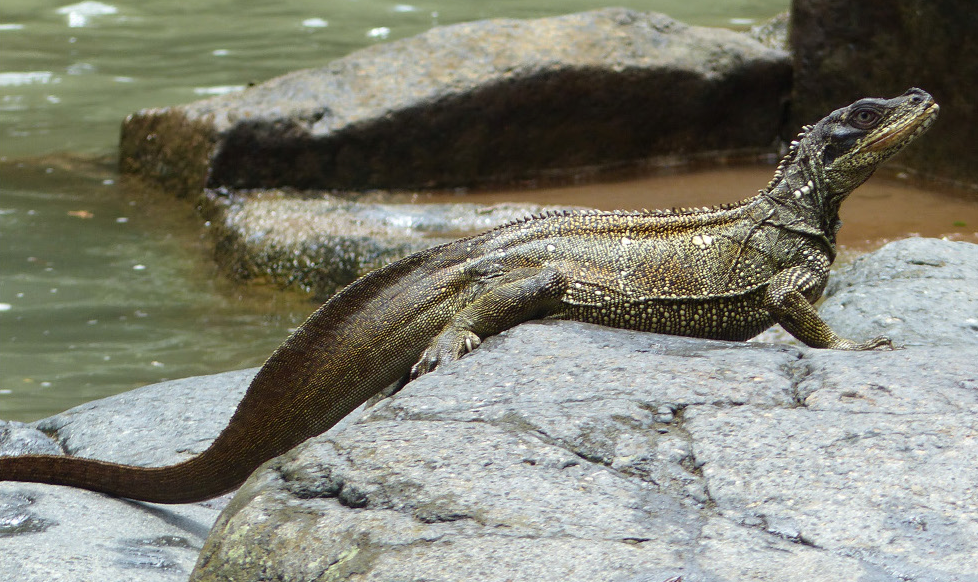
Despite their remarkable adaptations, Hydrosaurus species face increasing pressure from human activities and environmental changes. Habitat destruction through deforestation and coastal development represents the most significant threat to their populations. Their dependence on specific habitat types makes them particularly vulnerable to landscape modifications that separate aquatic and terrestrial resources.
The illegal pet trade poses another serious concern, with their striking appearance making them attractive to collectors worldwide. Collection pressure, combined with their relatively slow reproductive rate, can quickly impact local populations. Climate change adds another layer of complexity, potentially altering temperature and precipitation patterns that these reptiles depend on for successful reproduction.
Adaptations That Amaze Scientists
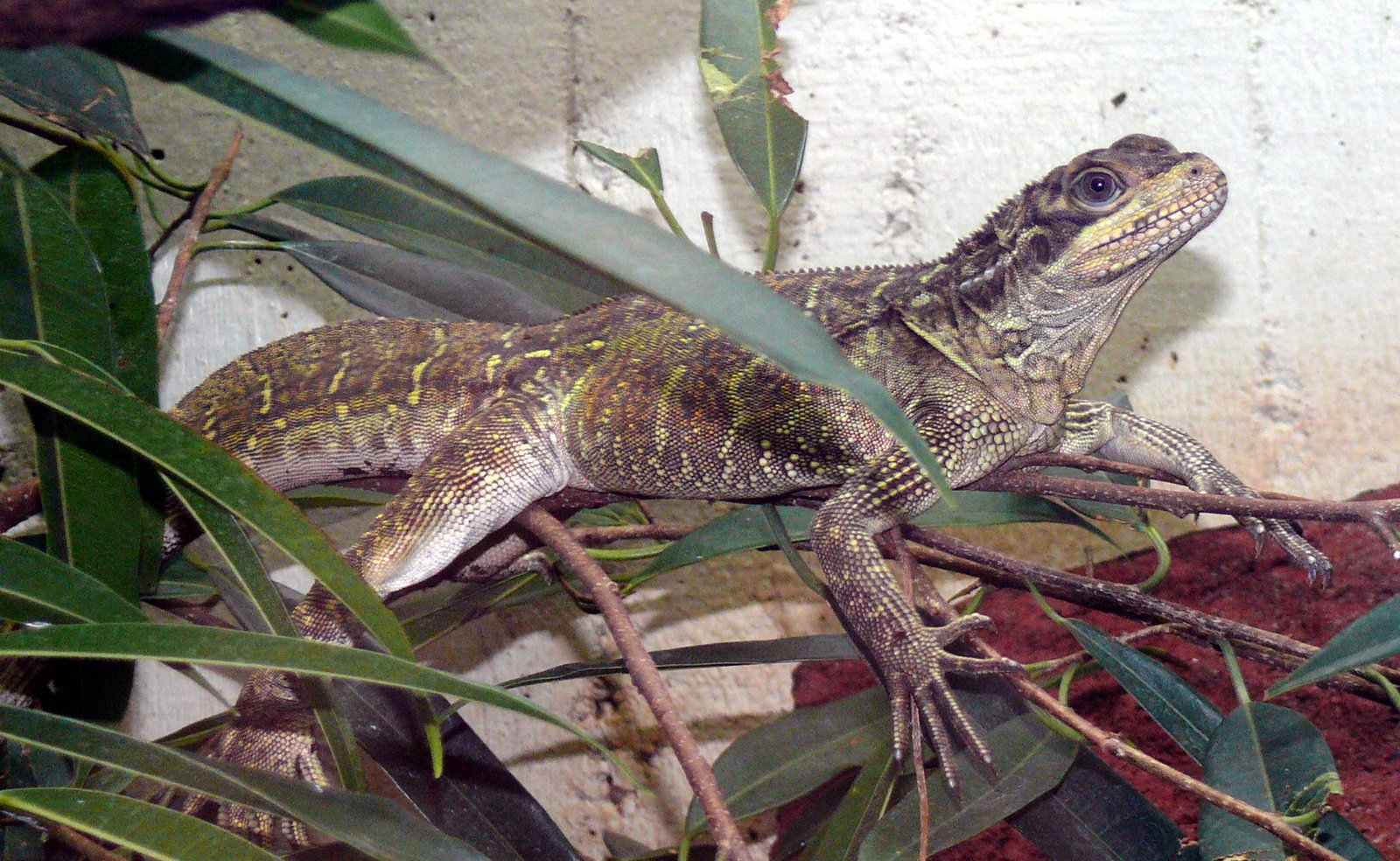
The evolutionary adaptations of Hydrosaurus species continue to surprise researchers studying reptilian biology. Their ability to remain submerged for extended periods involves sophisticated physiological mechanisms that allow them to slow their metabolism and conserve oxygen. Some individuals have been observed staying underwater for over 15 minutes, a remarkable feat for a primarily terrestrial reptile.
Their bone structure shows unique adaptations for both swimming and climbing, with modifications that enhance performance in both environments without compromising effectiveness in either. The integration of these apparently conflicting requirements represents a masterpiece of evolutionary engineering that continues to inspire biomechanical research.
The Role of Hydrosaurus in Local Ecosystems
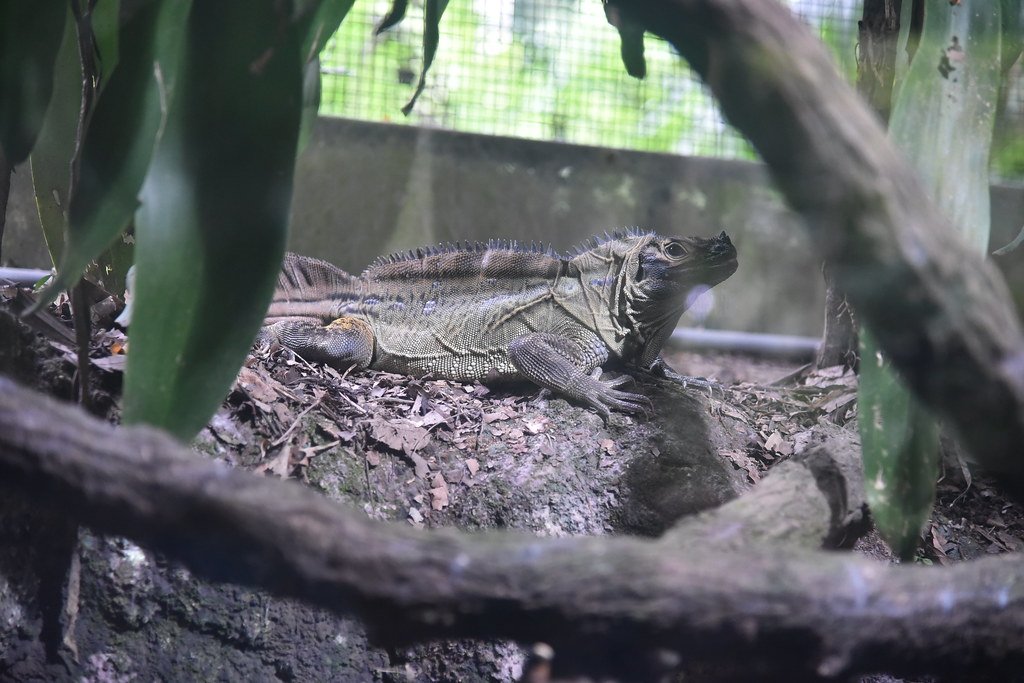
These remarkable reptiles serve as important ecosystem engineers in their native habitats. Their feeding habits influence plant community structure through selective herbivory and seed dispersal activities. Seeds passing through their digestive systems often show improved germination rates, making them effective agents of forest regeneration and plant population maintenance.
Their presence also indicates healthy ecosystem functioning, as they require high-quality aquatic and terrestrial habitats to thrive. Conservation biologists increasingly recognize Hydrosaurus species as indicator species whose population health reflects broader environmental conditions. Their decline often signals ecosystem degradation that affects numerous other species sharing their habitat.
Research Breakthroughs and Scientific Discoveries
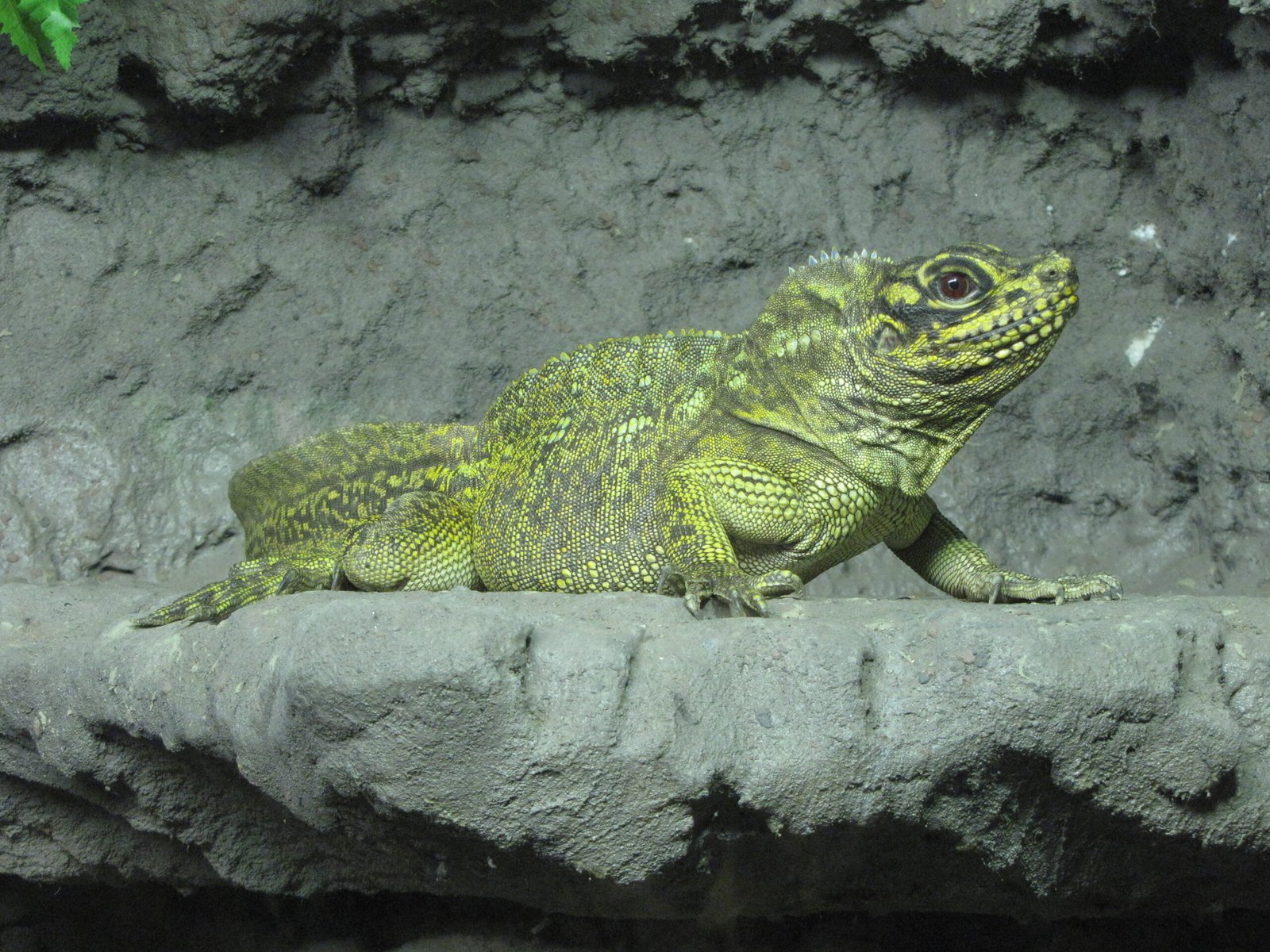
Recent scientific research has revealed fascinating insights into Hydrosaurus biology and behavior. Studies using advanced tracking technology have documented their remarkable navigation abilities, with individuals capable of returning to specific basking sites across distances of several kilometers. Their spatial memory rivals that of many mammals, suggesting sophisticated cognitive abilities previously underestimated in reptiles.
Genetic research has also provided new understanding of their evolutionary history and relationships with other agamid lizards. These studies reveal that their aquatic adaptations evolved relatively recently in evolutionary terms, representing a rapid adaptation to specific ecological niches. Such research continues to reshape our understanding of reptilian evolution and adaptation.
Cultural Significance and Human Interactions
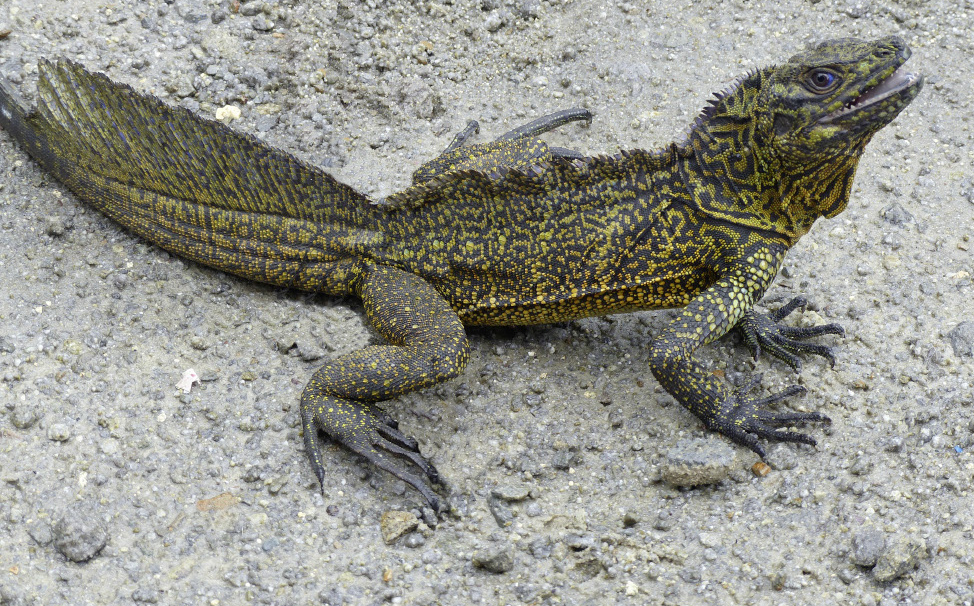
Throughout their native range, Hydrosaurus species hold important cultural significance for local communities. In some regions, they’re considered symbols of strength and adaptability, appearing in traditional stories and folklore. Their distinctive appearance has made them subjects of local art and cultural expressions for generations.
Traditional ecological knowledge from indigenous communities has provided valuable insights into their behavior and ecology. Local observations often reveal behavioral patterns and habitat preferences that complement scientific research, creating a more complete understanding of these remarkable reptiles. This collaboration between traditional knowledge and modern science continues to enhance conservation efforts.
Future Conservation Prospects
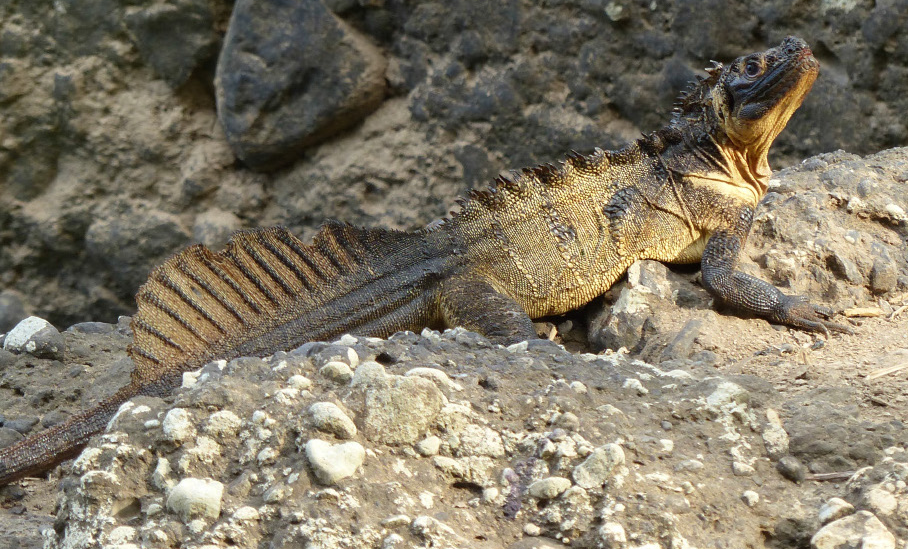
The future of Hydrosaurus species depends largely on successful conservation initiatives that protect their specialized habitats. Establishing protected areas that encompass both aquatic and terrestrial components of their environment represents a crucial step in ensuring their survival. These conservation efforts must address the specific needs of each species while considering broader ecosystem health.
Education and awareness programs play equally important roles in conservation success. By helping local communities understand the ecological importance of these reptiles, conservationists can build support for protection measures. International cooperation is also essential, as the illegal pet trade operates across national boundaries and requires coordinated enforcement efforts.
Conclusion: Ancient Survivors in a Modern World
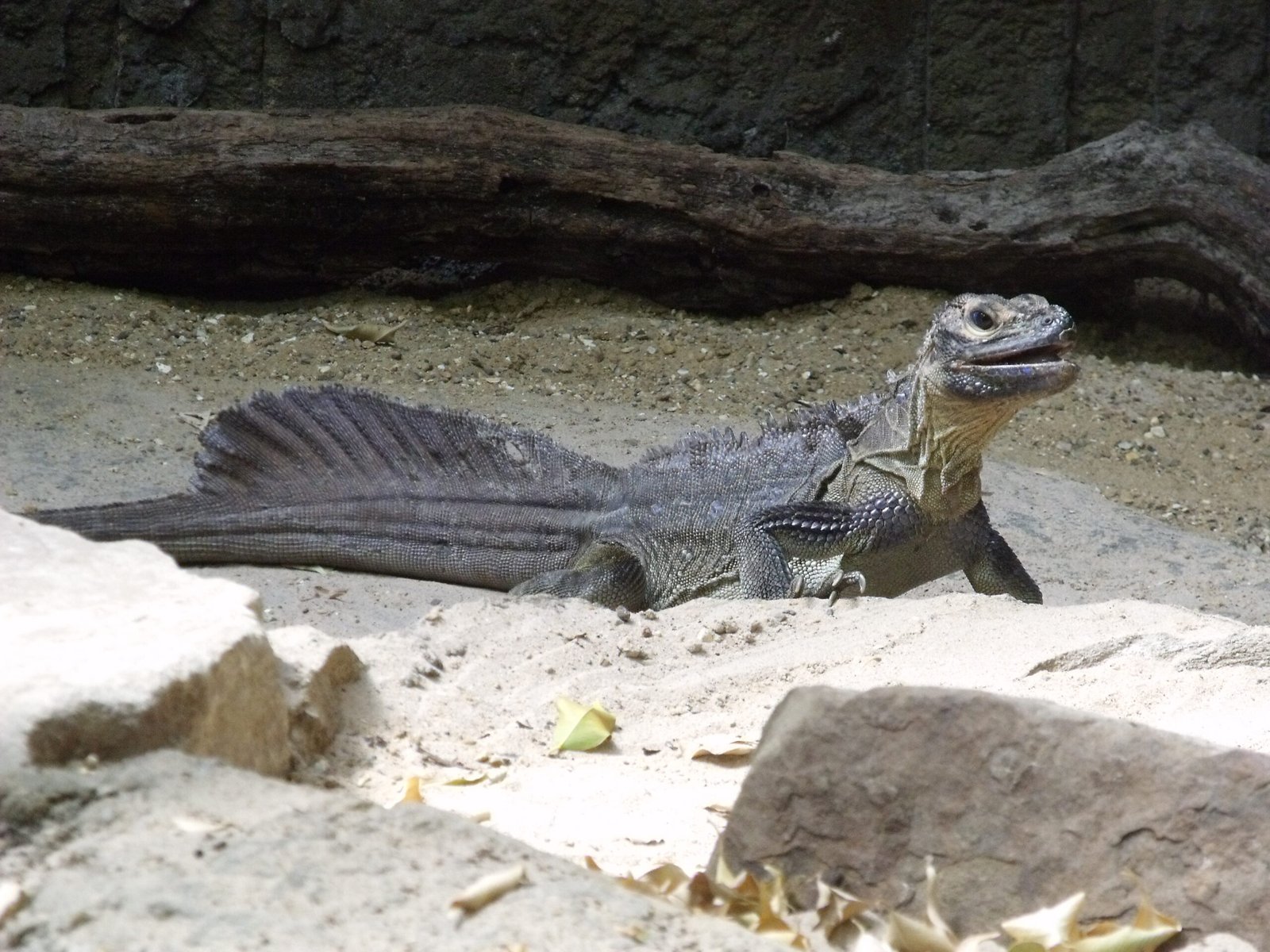
Hydrosaurus species represent one of nature’s most successful experiments in evolutionary adaptation. Their ability to thrive in both aquatic and terrestrial environments showcases the incredible flexibility of life on Earth. These living dinosaurs continue to inspire scientists, conservationists, and nature enthusiasts with their remarkable abilities and prehistoric appearance.
Their story reminds us that even in our rapidly changing world, there are still creatures that bridge the gap between past and present. The survival of Hydrosaurus species depends on our commitment to protecting the unique habitats they call home. As we face increasing environmental challenges, these remarkable reptiles serve as powerful reminders of what we stand to lose if we fail to act.
What secrets might these ancient survivors still hold about adaptation and resilience in an ever-changing world?

